MANILA, PHILIPPINES — In Branding Nerd’s previous blog on LEGO®, they talked about ‘product strategy’ as part of the six P’s of the marketing mix. The blog discussed how this brilliant brand went from product strength to product strength which enabled it to earn the recognition of being the ‘Toy of the Century’.
In this piece, Branding Nerd revisits ‘product strategy’ but this time, it will explore the concept of ‘product evolution’.
“It is not the strongest of the species that survives, nor the most intelligent, but the one most responsive to change.”
Charles Darwin, 1809-1882Sponsor
History is littered with many examples of how certain brands did not survive the inevitable sixth stage, also referred to as the ‘decline stage’ of a brand’s lifecycle, eventually leading themselves into the abyss of irrelevant and forgotten brands.
No brand is exempt from this sixth stage of a product or brand cycle. However, while some brands end up declining to the point of oblivion, brilliant brands are able to propel themselves to new heights, largely due to creativity, innovation, and responding to, or anticipating, the changing landscape of their respective market segments.
One such brilliant brand is Netflix®.
But before we discuss today’s leading brand in global video streaming, let’s understand first the meaning of ‘product evolution’.
What is product evolution?
Website StartupNation® provides a good explanation, as follows:
“Evolutionary products take something that already exists and makes it bigger, better or faster. Typically automation or technology improves a process or system and often new materials make it possible to do something faster. Many times, someone will take an old business model and tweak it, bend it and pivot it in such a way that the industry is evolved in a new direction. When you look at the newest home goods company, or health supply company, or a mobile app for completing a daily task, or the next “smart” thermostat, you are looking at the modern evolution of a product.”
There is a saying that goes, ‘Why reinvent the wheel?’. And yet the wheel itself is something that went through its own evolution over the past 5,000 to 7,000 years, from the early solid stone wheels to today’s modern hollow rubber wheels. And its use was not even originally for transportation but for pottery, irrigation, and milling.

Money itself is going through its own evolution which is now being adopted by financial institutions, business establishments, and consumers.
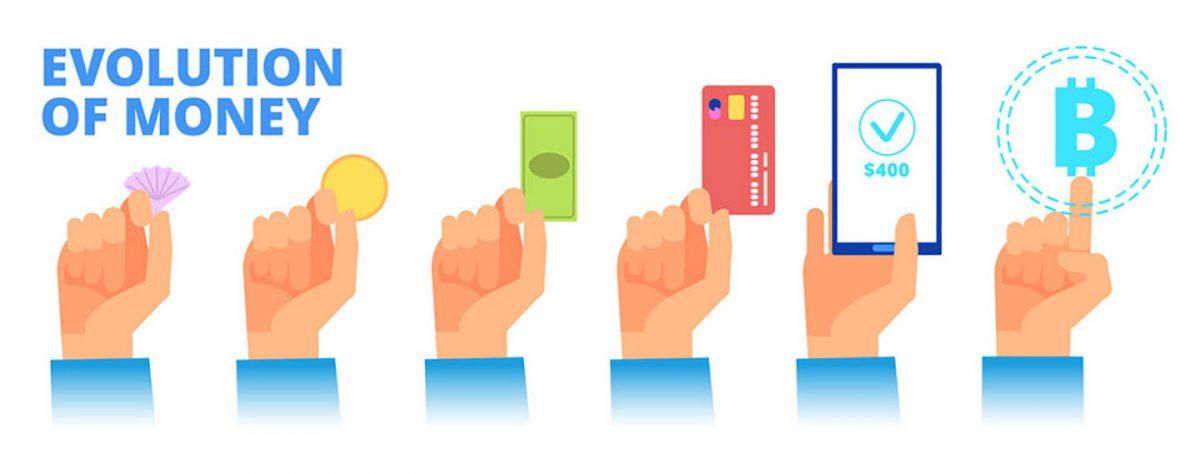
Brands are no exception.
All brands also go through their own product or service evolution in some form in order to respond to changes in the market and protect itself from competitive threats. From toothpaste to smartphones, brands need to go through an evolution in order to keep themselves relevant, useful and attractive to their consumers or customers.
The Evolution of Netflix
In the case of Netflix®, the evolution of the brand demonstrates how it was able to anticipate early in its life cycle the consumer shift from physical to digital with respect to purchasing and consuming video entertainment.

More than just their change of logo, the brand’s evolution shows an overhaul of the business model itself which has allowed it to respond to the technological breakthroughs over the past two and half decades.
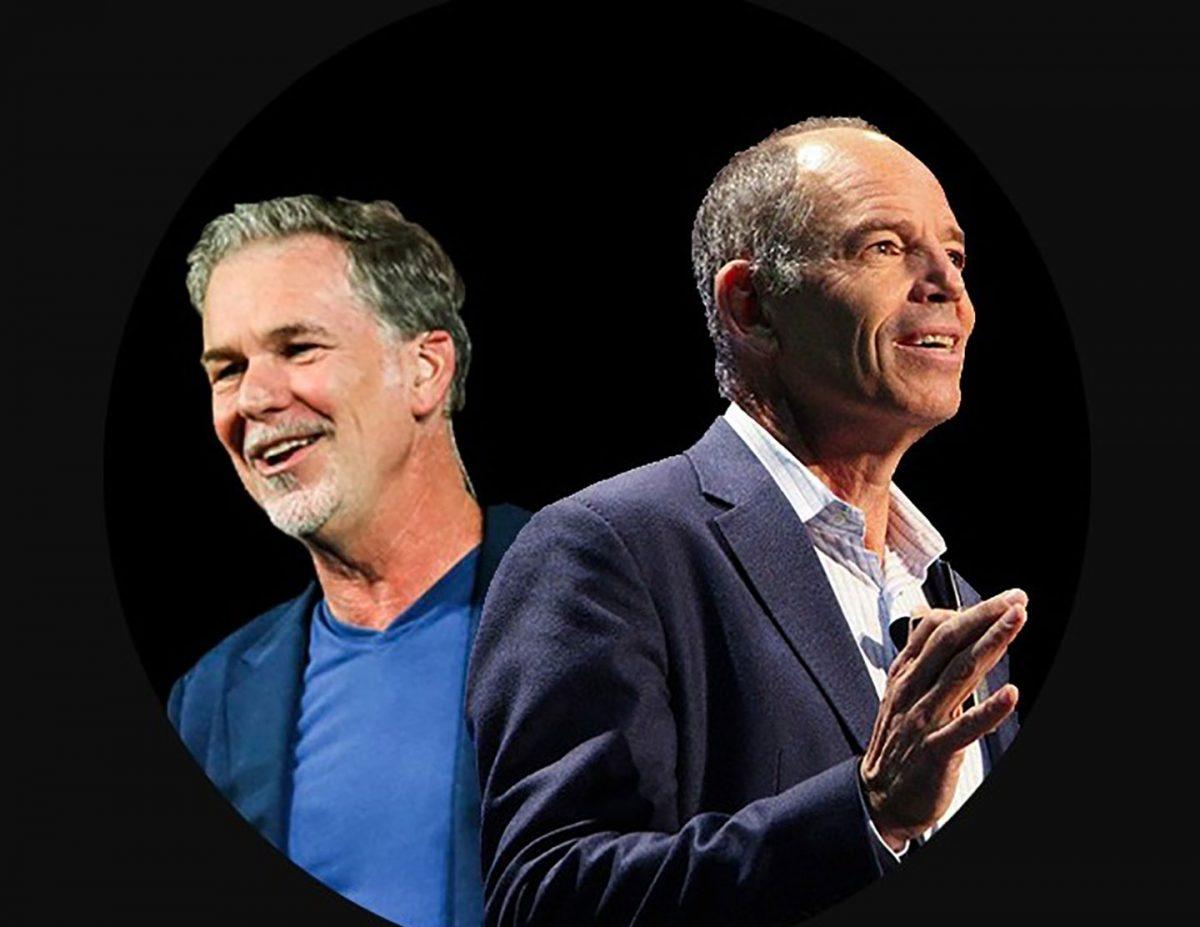
A good eight years before YouTube® started in 2005, Netflix® was founded on August 29, 1997 by Reed Hastings and Marc Randolph in Scotts Valley, California originally as a DVD sales and rental business through mail, inspired by the success of Amazon.
According to CNBC in 2017: “Randolph claims the company was started when he and Hastings decided they wanted to create ‘the Amazon.com of something’ in 1997, The Washington Post reported. They decided on shipping DVDs because customers were willing to buy them online and they were strong enough to mail. Since they couldn’t get a DVD — which was new technology at the time — they mailed a CD a few blocks to see how it would hold up. When it arrived in one piece, they decided to start Netflix.”

It was the world’s first online DVD-rental store using the pay-per-rent model, with rates and due dates similar to those of its brick-and-mortar competitor, the now defunct Blockbuster®, which was the leading DVD-rental chain store at that time.
In 1998, just one year after it was founded, the brand focused primarily on DVD rentals and abandoned the sales part of the business. In the years that ensued, Netflix dominated the online rental business, but the founders always had their eyes on video streaming.
“Movies over the internet are coming, and at some point it will become big business.”
Reed Hastings, 2005

In 2005, in an interview with Inc.com Hastings said the company was preparing itself for an internet-based future, although he also said he thought Netflix® had at least a decade left of dominating DVDs. “Movies over the internet are coming, and at some point it will become big business,” he told Inc. at the time. “We started investing 1 percent to 2 percent of revenue every year in downloading, and I think it’s tremendously exciting because it will fundamentally lower our mailing costs. We want to be ready when video-on-demand happens. That’s why the company is called Netflix, not DVD-by-Mail.”
Just two years later, in 2007, Netflix® launched its first-ever streaming media.
By 2010, in its annual report, Netflix® reported: “In 2010, we passed a significant milestone with the majority of our subscribers viewing more of their TV shows and movies via streaming than by DVD. Going forward, we expect we will be primarily a global streaming business, with the added feature of DVDs-by-mail in the U.S.” In that same year, the brand expanded to its streaming business to it first international market which was Canada. By the end of 2010, the brand’s share price skyrocketed by 219% over the previous year, from a close of US$7.87 in 2009 to US$25.10 in 2010.
The year 2011 marked a significant year for Netflix® as the streaming service launched itself further into international markets, penetrating Latin America and the Caribbean. Netflix® finally entered the European market in 2012, officially becoming available in the UK, Ireland and Nordic countries.
Also in 2012, Netflix® took a more active role as producer and distributor for both film and television series, and started offering a variety of ‘Netflix Originals’ content through its online library.
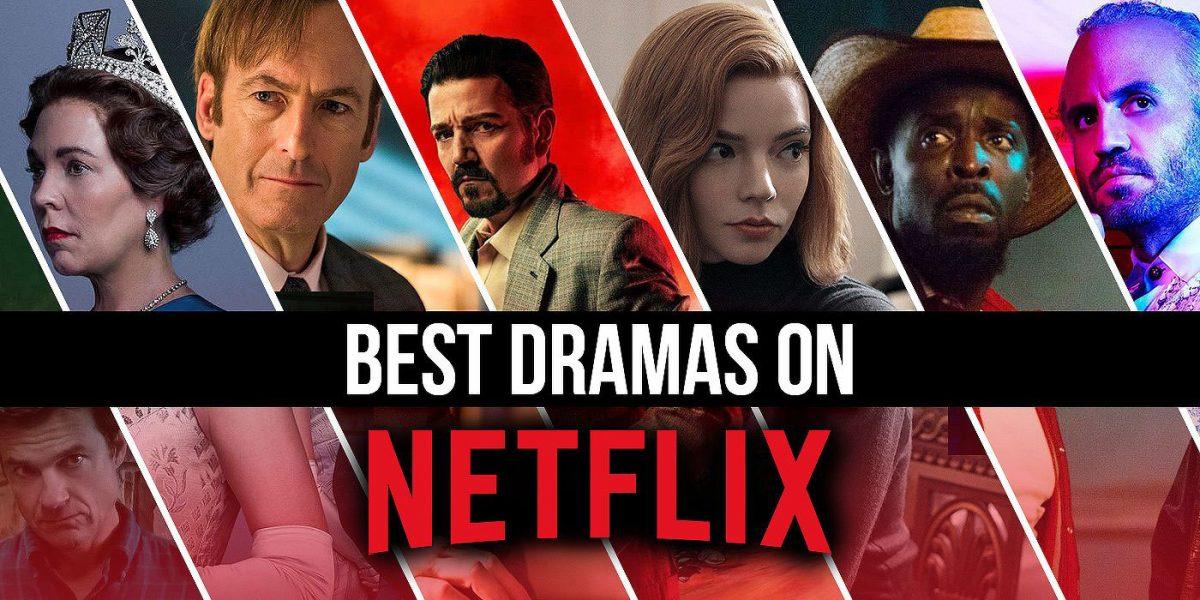
Netflix® continued its pace across the world in 2015, finally launching its service in Australia, New Zealand, Japan, and other locations.

By January 2016, Netflix® services operated in more than 190 countries. Netflix® released an estimated 126 original series and films in that year alone, more than any other network or cable channel. It’s a brand that further reinvented itself from being a tech-based internet-content-delivery machine to a creator of world-class content. In 2018, 85% of new spending on content was on original programming. In that same year, Netflix® overtook HBO® with a total of 112 Emmy® nominations. As of today, Netflix®’s original programming has received over 480 award nominations and 204 awards given. House of Cards holds 31 of those awards.
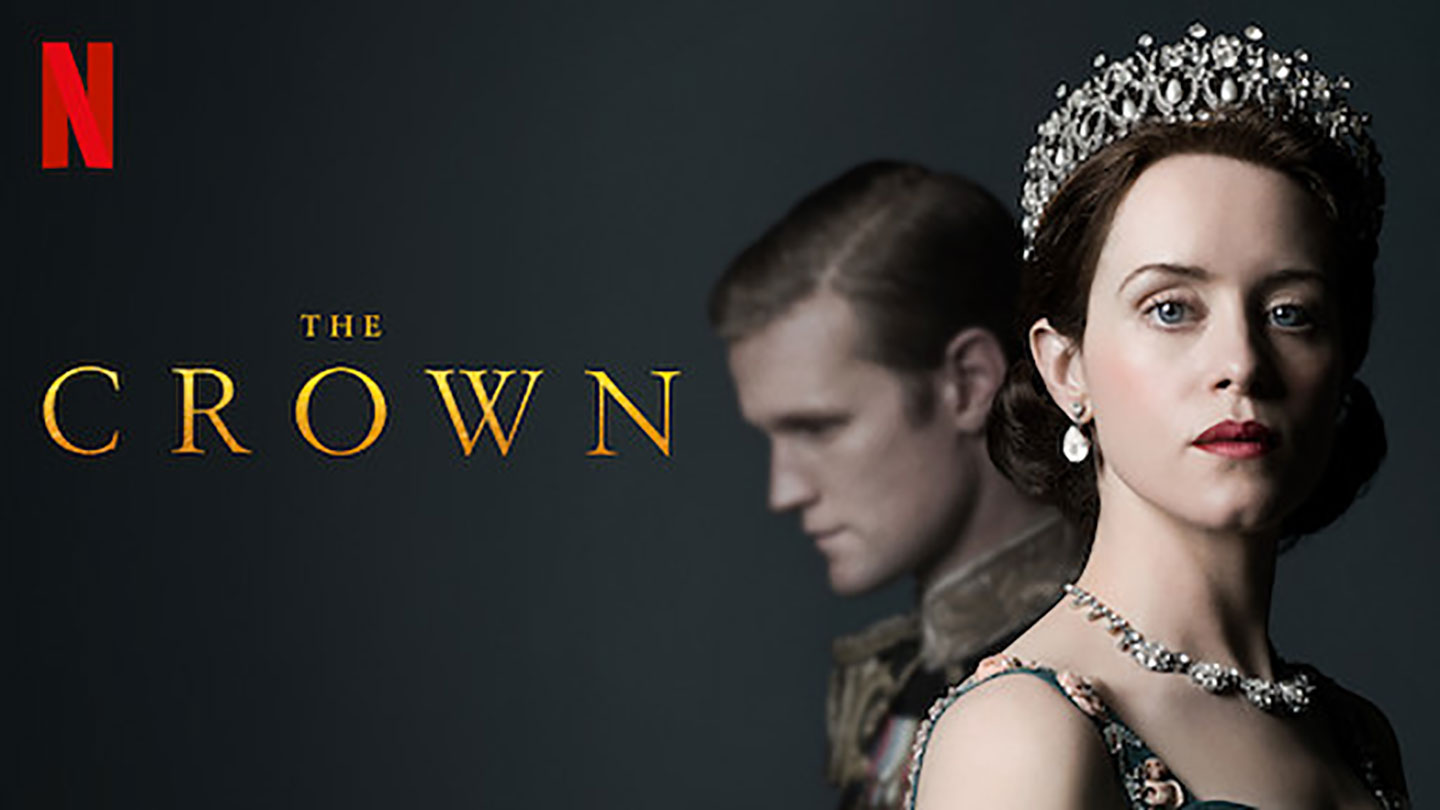
In 2019, Netflix® had the best corporate reputation among U.S. companies, according to a study released by the Reputation Institute, ironically dislodging its idol Amazon® from the top spot. PRWeek reported: “Netflix benefitted from “doing the right thing” in response to #MeToo allegations against Kevin Spacey. After more than 30 men accused the actor of sexual misconduct, the company pulled the plug on unreleased content featuring the ‘House of Cards’ star, costing it US$39million, according to Reuters.”
Keeping Focused on the Future
Co-founder and CEO Hastings pursued his big idea of video streaming, even though it would eventually render obsolete his highly successful online rental and mail-based system for distributing DVDs. It was a product evolution that had the benefit of great foresight by its founders.
When the global pandemic hit in 2020, this propelled Netflix® to even greater heights, becoming the largest entertainment and media company by market capitalization pegged at US$290billion. Its share price closed at US$540.73 or 67.11% higher than the previous year. It also led the pack in overall streaming service search trends on Google.
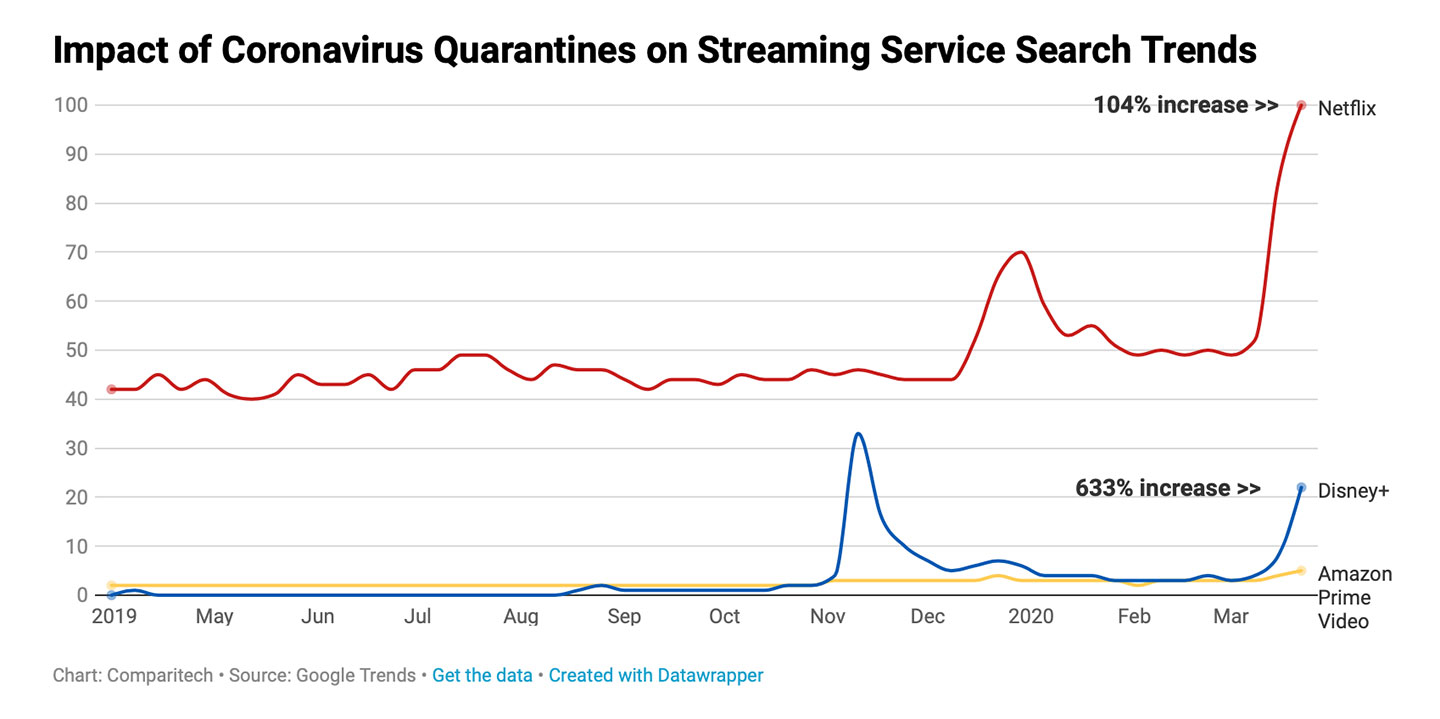
This 2021, as of the second quarter, Netflix® grew to a total of 209 million subscribers worldwide, which is 16 million higher than the previous period in 2020. Fueling the growth is the increase in its customer base in Asia Pacific, compensating for its 0.5million customer decline in North America due to intensified competition.
This brilliant brand teaches us some key lessons on product evolution, as follows:
- A brand must always keep its eye on the future and prepare for the inevitable change in consumer behavior brought about by technological advancements, especially those which are driven by the internet.
- A brand can successfully overhaul its ‘product strategy’ as long as it stays true to its core positioning. By remaining consistent with its brand positioning of “See what’s next”, Netflix pursued its ‘product evolution’ from simply being a delivery channel of licensed content to becoming a content producer itself. It’s very much the same as the “Play well”story of LEGO which evolved from high quality wooden toys to interlocking tube bricks.
- And finally, product innovation, which is at the core of product evolution, has much room for creativity and out-of-the-box thinking. However, it must always be rooted firmly on the strategy of the brand which is solely defined by its singular and narrow positioning.








